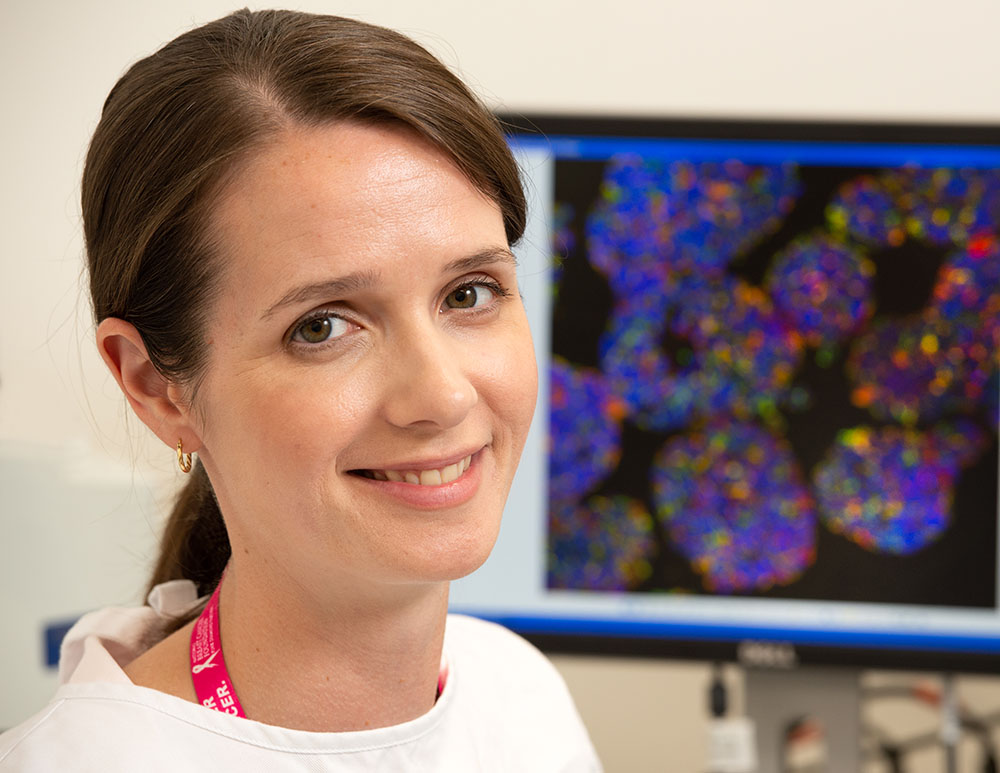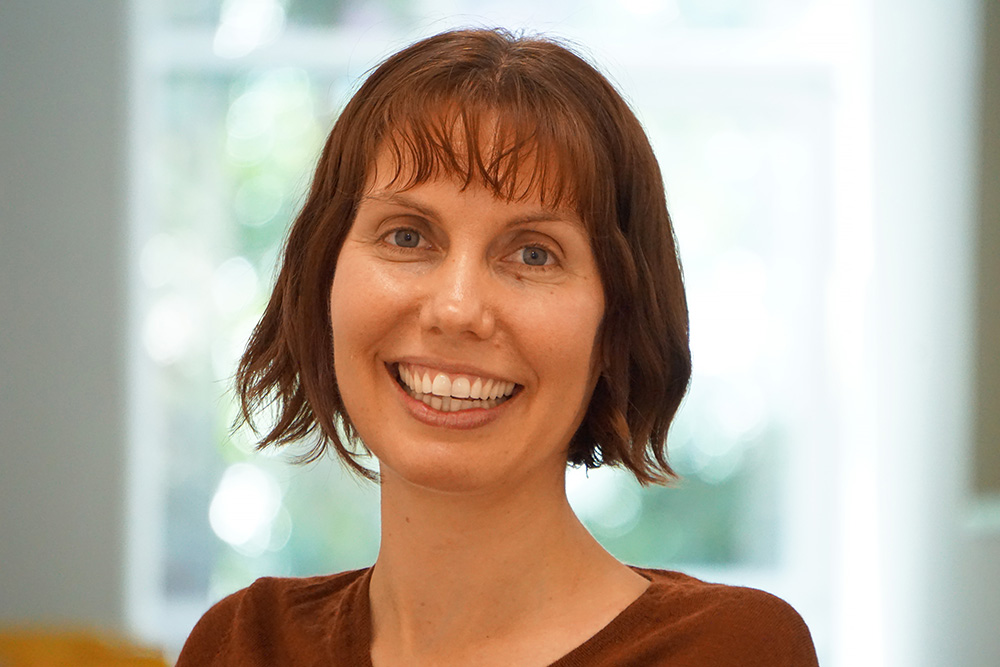QUT is celebrating the announcement of two Queensland Young Tall Poppies – Dr Laura Bray and Dr Susanna Cramb.
- Growing 3D ‘mini tissues” in gel to study cancer cell growth
- Research advances understanding of cancer biology
- Biostatistician worked on the Australian Cancer Atlas
- Research pinpoints health inequities to identify areas needing resources
A tissue engineering researcher QUT’s Dr Bray co-founded the Mater-IHBI Breast Cancer Biobank to facilitate rapid access to patient breast cancer tissue for Brisbane-based researchers.
She is also deputy director of the ARC Training Centre for Cell and Tissue Engineering Technologies. Both these leadership roles have been taken up only eight years after completing her PhD at QUT.
Dr Bray’s own laboratory at the manufactures 3D mini-tissues to study cancer and collaborates with international partners to mimic tissues of the breast, prostate, brain, bone/bone marrow, and cartilage.
“The development of 3D culture models is fundamental to the investigation of physiological and pathological pathways and processes that occur during cancer,” Dr Bray said.

“I am developing new 3D technologies for cancer research, using cancer cells grown inside a jelly-like material (hydrogel) or ‘mini-tissues’.
“Cancer cells grow inside the mini-tissues as they would in a human body, so researchers can study different cancers and test drugs on them.
“This research brings sophisticated advances in understanding cancer biology, with the potential for long-term benefits in improved patient care.”
Using of state-of-the-art matrix engineering techniques, Dr Bray’s research has led to a number of significant advances in knowledge in the area of 3D tissue engineering and culture techniques.
Her work has helped clarify the potential role of the matrix environment in 3D epithelial cell cultivation and provided new insights into mimicking the natural tissue environment in vitro.
Dr Susanna Cramb, an epidemiologist and biostatistician, is a strategic research fellow in QUT’s Institute of Health and Biomedical Innovation.
Dr Cramb leads a team of researchers called HERO: Health Equity Research with Outcomes that uses statistics to identify and understand health inequities so they can be addressed.

Her research involves using complex modelling techniques to investigate the spatial and spatio-temporal patterns of chronic disease in Queensland and across Australia.
As part of investigating health inequities, Dr Cramb has mapped cancer diagnoses and survival across Australia and was a lead developer of the online , underpinned by her statistical methods.
“My research focuses mainly on chronic diseases such as cancer and diabetes, examining where cases are occurring, and why outcomes differ,” Dr Cramb said.
“A lot of data is collected on chronic diseases in Australia and my research transforms this data into useful knowledge.”
“Even if data are routinely collected on all cases, such as for cancer, once we start to investigate patterns in small areas, such as one suburb, then the small numbers cause the data to become unstable.
“We are unable to see the pattern the data is trying to tell us unless we use special modelling techniques to reveal what has been there all along. I have developed new models, methods and contributed to novel data visualisations to help identify where there are inequities.”
Dr Cramb’s research has particular importance for policymakers.
“Maps can focus policymakers’ attention. In Queensland, government acted on my research by developing policies to reduce inequities and increase funding, for example, to rural residents who needed to travel for medical treatment.”
Dr Cramb’s models and the visualisations to which she has contributed have generated international interest, resulting in collaborations with New Zealand Ministry of Health and researchers in Sweden.








